Disadvantages Of Anthracite Coal And Common Problems – Is it Worth Buying?
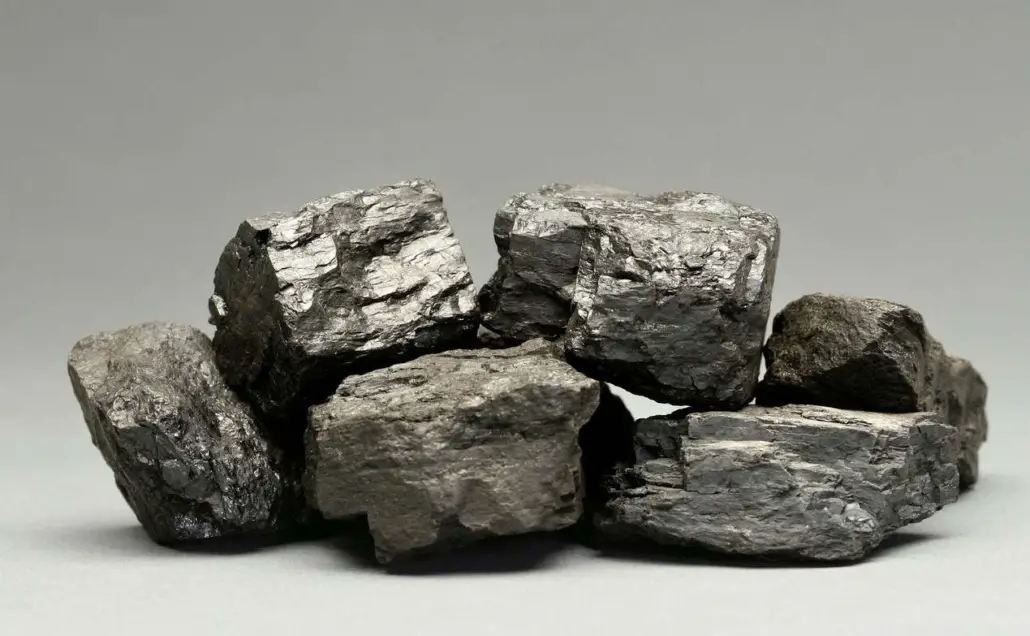
We know what you may be thinking, ‘who still burns coal for warmth in 2022?’ The answer may surprise you. In the US alone, it is estimated that a little less than 130,000 households still use coal for heating.
That may not sound like a lot as coal is often disregarded as an unsafe or outdated means of home heating. But what about anthracite? Anthracite is a form of coal that is made up almost entirely of carbon.
And a surprising amount of people still use anthracite coal to heat their homes. If you are interested in alternative methods for heating your home this winter to avoid rising natural gas costs, you may have considered anthracite coal.
However, before you start hoarding bags of anthracite, there are some things you should know about it. In the following article, we will be going over some of the main disadvantages of anthracite as well as a few of the benefits.
If you are looking for alternative heating methods, read on to find out everything you need to know about anthracite coal.
Anthracite Coal Overview
Anthracite is one of the cleanest-burning forms of coal in existence. However, it is still considered a fossil fuel.
While it is used in furnaces and fireplaces to heat homes, it may be pricey and can still pose some health risks.
What is Anthracite Coal?

Anthracite coal is a type of fossil fuel. Unlike other forms of coal though, it burns much cleaner. That’s because most anthracite coal is made up of as much as 98% carbon.
There are very few pollutants in carbon and it is much denser than other types of coal.
Burning anthracite coal does not produce an odor either. For this reason, it has been used to heat homes for a long time. You would typically burn anthracite in your furnace or fireplace.
Disadvantages of Anthracite Coal
More Expensive Than Other Types of Coal
Anthracite coal is a very pure and rare form of coal. In fact, in the US, it can only be found in a few places. So it is more expensive than other types of coal.
Limited Availability
You may not always be able to procure the amount of Anthracite coal you need because it is not a renewable source of fuel. It is not as common as other types of coal.
Special Apparatus
You can’t simply burn Anthracite coal anywhere. You will need a special furnace, boiler or coal-burning stove.
This is because anthracite only ignites after it reaches a temperature of 100+ degrees Fahrenheit. It also burns very hot and can damage certain ventilation flues.
Difficult Operation
Burning Anthracite coal in a boiler, furnace or stove isn’t as easy as simply flipping a switch on a central heating system. It requires more work and maintenance.
Cleaning
Anthracite coal produces very little smoke and no odor; but it does produce a lot of ash that needs to be cleaned out regularly for optimal usage.
Carbon Monoxide Danger
As with all forms of coal Anthracite coal produces carbon monoxide. This is why it is imperative that you maintain your ventilation systems regularly.
Chimney Maintenance
If you are using a fireplace to burn Anthracite coal, you will need to clean the flue regularly. The excess of ash can build up in the flue and pose a fire hazard.
Difficult to Ignite
Anthracite ignites at a temperature 100 degrees higher than wood. If you don’t use a good stoker for burning Anthracite coal, getting it lit could be very difficult.
Restrictive Use
Once you have your boiler, furnace or stove set up for burning Anthracite coal, it will be very difficult to use them to burn other types of fuel. Burning Anthracite coal therefore is something of a restrictive commitment.
Common Problems & Dangers of Using Anthracite Coal
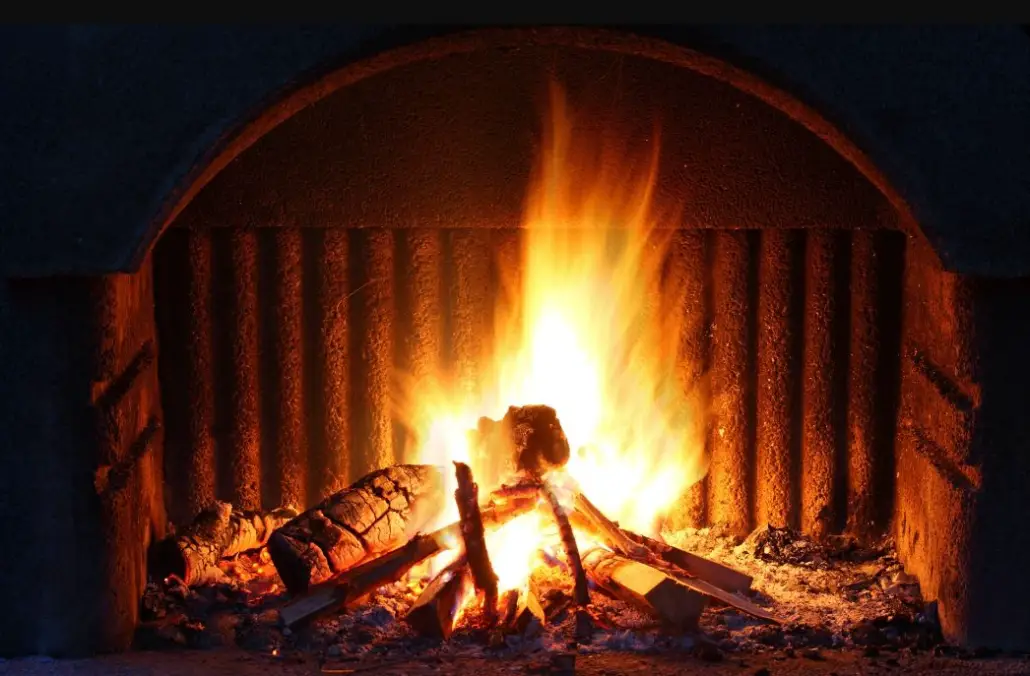
Ventilation Issues
One of the main benefits of Anthracite coal is that it doesn’t produce a lot of smoke. However, it does produce a tremendous amount of ash.
In fact, if you burn 50 pounds of Anthracite coal, it will produce up to 10 pounds of ash. This can cause lots of problems for your ventilation system which could affect your home’s indoor air quality.
Fire Hazards
Again, even some of the advantages of Anthracite coal work against it. Since Anthracite coal does not produce very much smoke, it can be difficult to detect uncontrolled burns and fires immediately.
This can create another fire hazard in your home.
Health Risks
Burning coal in general is not as common these days mainly because it is not great for the environment. It can also pose health risks to humans.
No matter how pure Anthracite coal is, it is still a form of coal. As such, it emits a small amount of carbon monoxide which can pose serious health risks without proper ventilation.
Comparisons
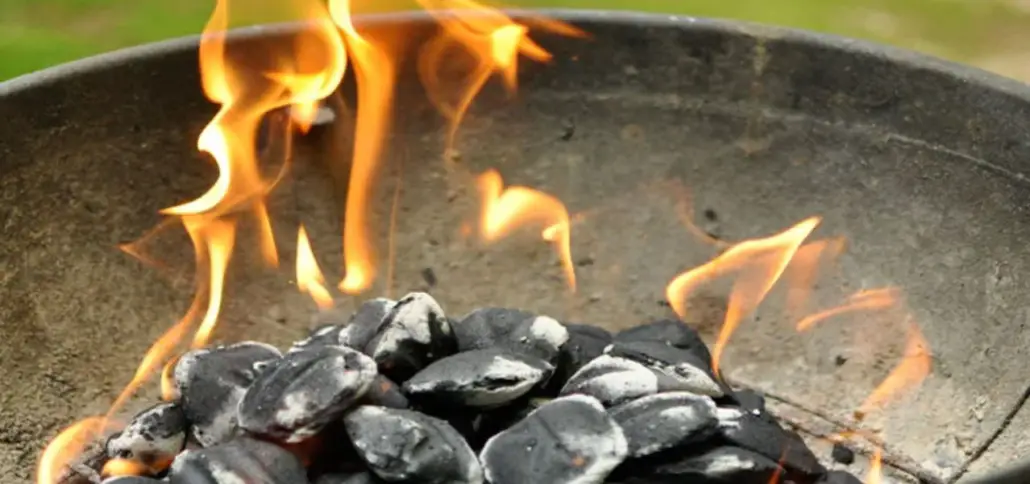
Anthracite Coal Vs Bituminous
Bituminous coal is not as pure as Anthracite Coal. It doesn’t burn for as long and it contains more pollutants. However, it does ignite easier than Anthracite Coal and is available in more abundance.
Anthracite Coal Vs Activated Carbon
Both Anthracite Coal and activated carbon can be used to filter water.
However, activated carbon is typically processed to have a larger surface area which means it’s better for absorbing impurities. However, Anthracite Coal is better as a fuel source.
Anthracite Coal Vs Wood
Anthracite Coal will last much longer than wood but it is more difficult to ignite. Wood is cheaper and easier to light; but it produces a lot of smoke.
You will also need a fireplace or a wood-burning stove to use wood to heat your home.
Anthracite Coal Vs Charcoal
You can technically use both Anthracite Coal and charcoal for barbecue cooking. However, Anthracite Coal will burn much hotter than charcoal so if you don’t have experience cooking with it, you may burn your food.
Anthracite Coal is better for providing household heat, though.
Anthracite Coal Vs Thermal Coal
Thermal coal is a better choice for producing electricity; but it is not as pure or as dense as Anthracite Coal. That means it burns off quicker and contains more pollutants.
Anthracite Coal Vs Natural Gas
Anthracite Coal can be a more cost-effective heating method compared to natural gas. It can also be stored anywhere.
However, natural gas emits less pollutants into the air and may be more readily available depending on where you live.
Anthracite Coal Vs Coke Coal
Anthracite Coal requires more airflow to ignite compared to coke. However, coke coal does not burn as clean as anthracite. Anthracite is the more environmentally friendly option.
The Upside of Anthracite Coal
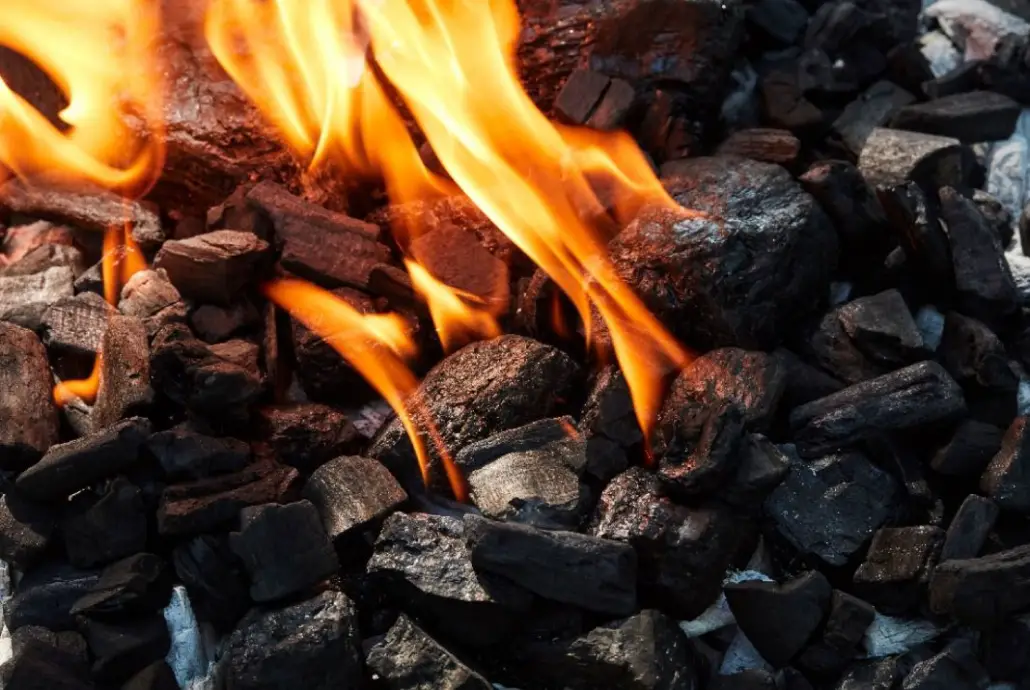
Environmentally Friendly
While it may not be as environmentally friendly as natural gas or even propane, Anthracite Coal is the cleanest form of coal.
Smokeless
Anthracite Coal produces very little smoke so it may be favorable for use in the home.
Useful Ashes
Ash maintenance may be a chore with Anthracite Coal but the upside is that it is filled with nutrients that plants love.
You can actually sprinkle Anthracite Coal ashes on many types of vegetables and plants including ones that prefer acidic soil.
Cost Effective
Compared to regular coal and even some types of wood, Anthracite Coal can be very affordable. It’s available in great abundance in certain areas of the country so it may actually be cheaper than natural gas for some.
Easy Storage
Because Anthracite Coal only ignites at very high temperatures, it can be stored virtually anywhere. There is very little risk of it catching fire in an accident.
Anthracite Coal is also impervious to insects, rot and is much more waterproof than And since you need less of it to heat your home (due to the fact that it burns hotter and longer than other types of coal and wood) you won’t need to dedicate a lot of storage space to Anthracite Coal.
Efficient Burning
Anthracite coal is very dense and burns very hot; but also very slow. This means that it provides very efficient heating for residential applications.
In most cases, you would only need a single load of anthracite coal to heat your home for an entire day. Certain boilers can even use anthracite to provide hot water.
Anthracite Coal FAQ’s
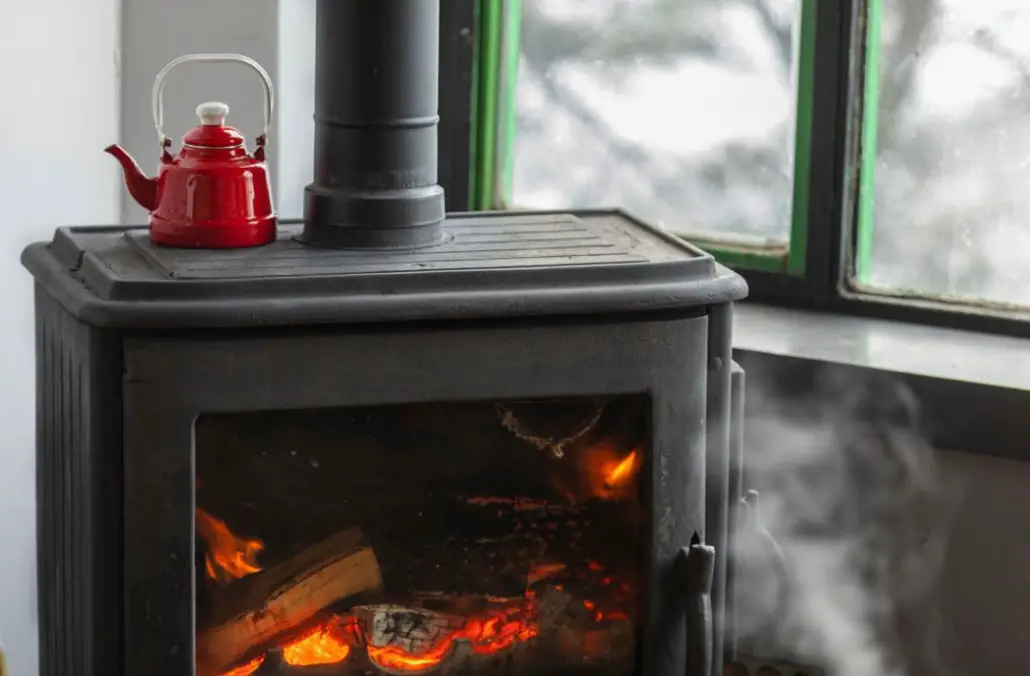
Q: What is special about Anthracite Coal?
Anthracite coal generates a ton of energy and can burn up to 3,500 degrees Fahrenheit compared to a max of 1600 degrees Fahrenheit that you get with hard woods. It burns clean and is the highest grade of coal in existence.
Q: Does Anthracite Coal burn easily?
No. Anthracite coal has an ignition point that is about 100 degrees higher than wood. It can be difficult to ignite; but this same feature makes it safer to store in large quantities.
Q: Why is anthracite coal not used?
Coal in general is used less and less these days because it can be harmful to the environment. Compared to propane and natural gas, anthracite coal does not burn as clean.
Also, many modern homes are not built with coal-burning stoves and furnaces so burning anthracite coal is a less convenient option overall.
Q: Is anthracite coal harmful to humans?
Any prolonged exposure to coal dust can cause respiratory issues. Also, all forms of coal, even anthracite coal, emits a certain amount of carbon monoxide which can certainly be harmful to humans.
Q: How long does anthracite coal burn?
It will depend on the apparatus used to burn anthracite coal and airflow. However, on average, a single load of anthracite coal can burn between 8 and 24 hours.
Q: Does anthracite coal absorb water?
No. Anthracite is almost completely waterproof and not susceptible to rot.
Q: Is anthracite eco friendly?
It is important to note that anthracite contains very little sulfur and is almost devoid of other harmful pollutants. It also produces no smoke and very little particulate matter.
It is certainly the most eco-friendly form of coal known to man. However, as a coal it still produces a small amount of carbon monoxide.
Q: Does anthracite cause pollution?
Compared to other types of coal, anthracite coal produces very little pollution. This is because it has very little sulfur content and doesn’t put particulate pollutants in the air.
Anthracite coal is also comprised of anywhere from 91% to 98% carbon.
Q: Is anthracite coal safe?
Compared to other types of coal, absolutely. As long as you maintain your ventilation flues, clean your chimney and empty ash regularly, anthracite coal is safe for home eating applications.
Q: Does anthracite burn clean?
Yes. Compared to other kinds of coal, anthracite is actually the cleanest burning coal. It produces very little smoke and puts almost no particulate pollutants into the air.
Q: Does anthracite coal smell?
No. There is no smell to anthracite coal. However, it does still give off a certain amount of carbon dioxide when it is burned.
Is Anthracite Coal Worth Buying? – Final Assessment
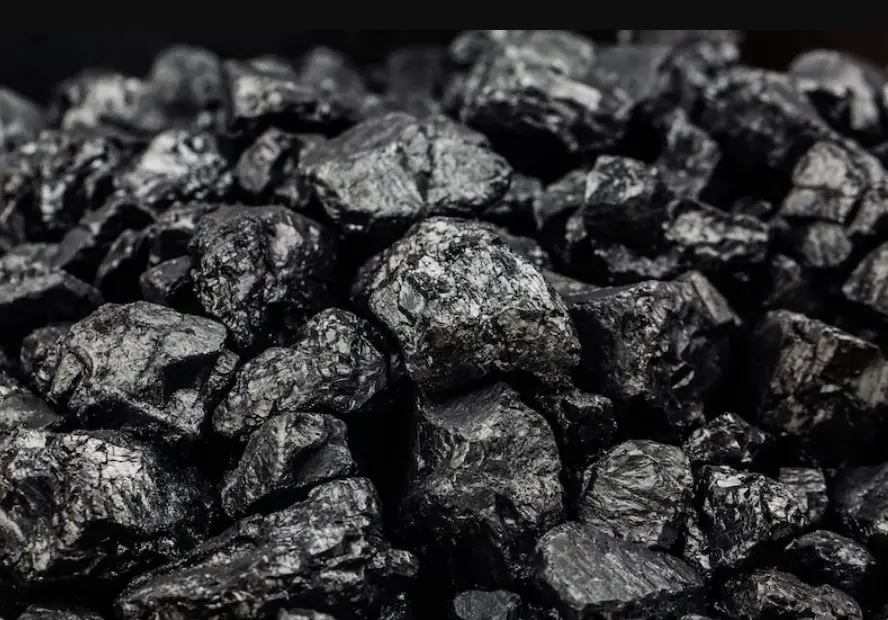
It’s clear that if you are going to use coal to heat your home, anthracite coal is clearly the best option. It burns cleaner, longer, hotter and you can store it almost anywhere.
However, coal-burning is quickly becoming a thing of the past.
If you live in a house that was built in the last 20 years, chances are you simply won’t have the infrastructure to use anthracite as a means of home-heating. This means you will have to retrofit your heating system which can be very expensive.
You have to carefully maintain your boiler, furnace, stove or fireplace if you are going to burn anthracite coal in it. Otherwise, the coal won’t burn or you could risk fire and health hazards.
In the end, anthracite coal is only worth it if your heating system is already set up to burn it. If that is the case, you may find that anthracite is an affordable alternative to propane heating, wood-burning stoves or even natural gas.
By and large though, in 2022, anthracite coal is probably not worth the hassle for most American homes.


